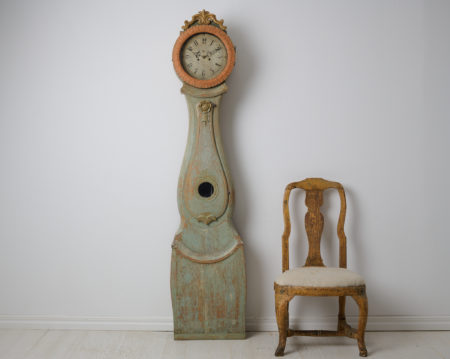
Article no. 2287
ART. NO. 2287
READ ABOUT THE PRODUCT
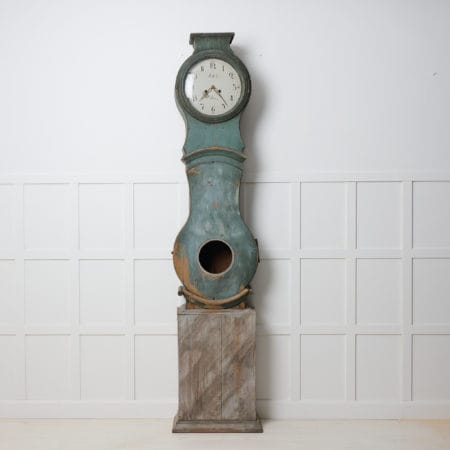
Article no. 2270
ART. NO. 2270
READ ABOUT THE PRODUCT
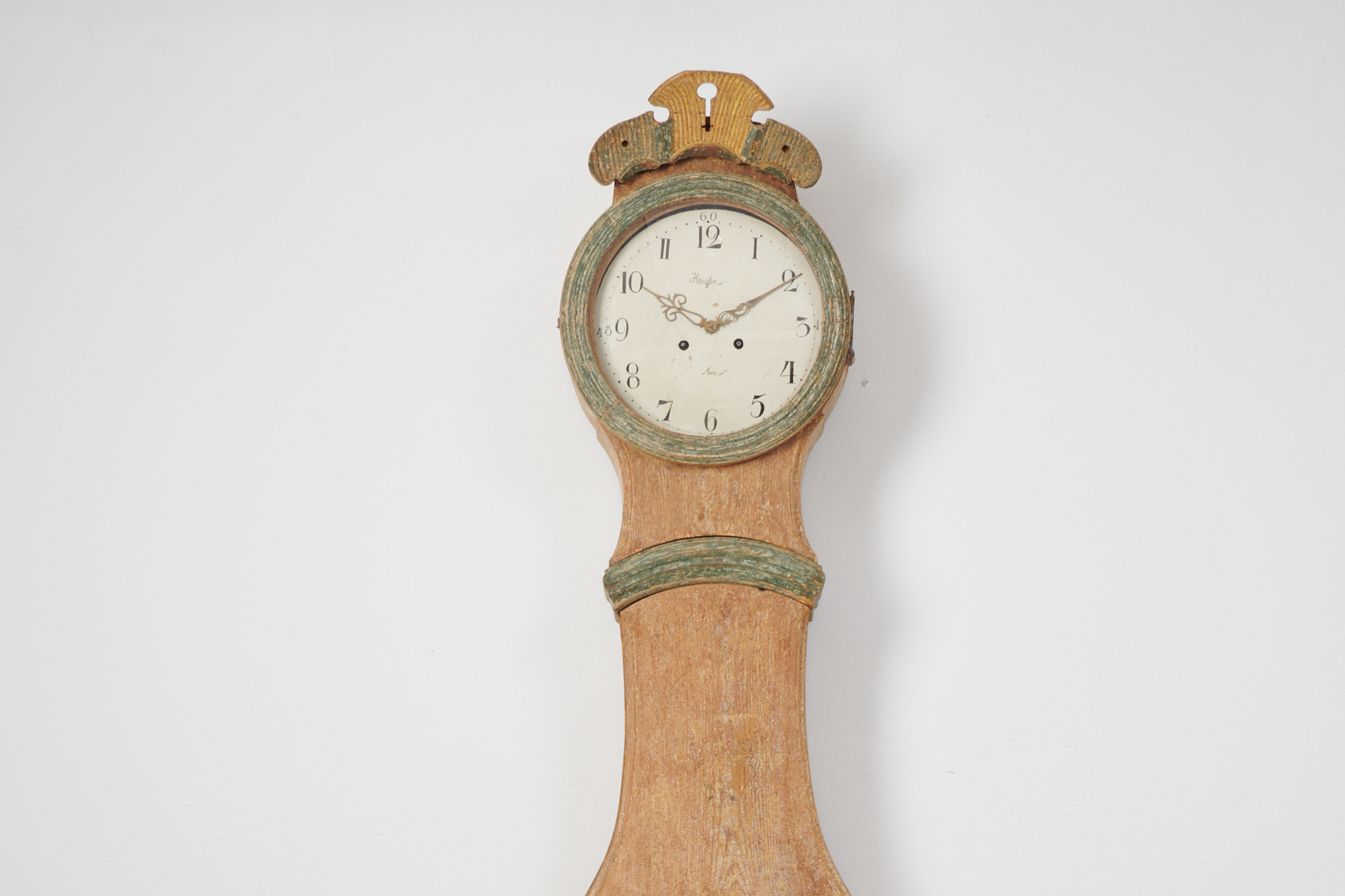
Article no. 2107
ART. NO. 2107
READ ABOUT THE PRODUCT
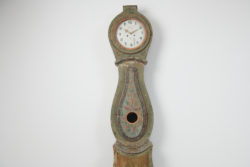
Article no. 2072
ART. NO. 2072
READ ABOUT THE PRODUCT
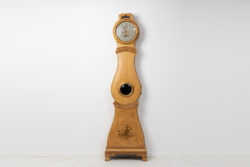
Article no. 2002
ART. NO. 2002
READ ABOUT THE PRODUCT
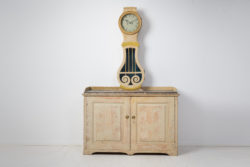
Article no. 1998
ART. NO. 1998
READ ABOUT THE PRODUCT
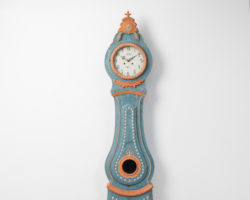
Article no. 1996
ART. NO. 1996
READ ABOUT THE PRODUCT
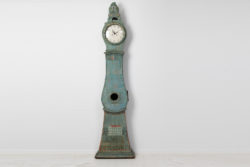
Article no. 1955
ART. NO. 1955
READ ABOUT THE PRODUCT
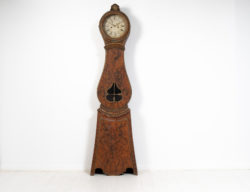
Article no. 1921
ART. NO. 1921
READ ABOUT THE PRODUCT
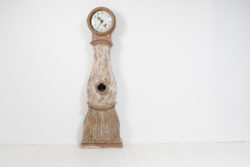
Article no. 1920
ART. NO. 1920
READ ABOUT THE PRODUCT
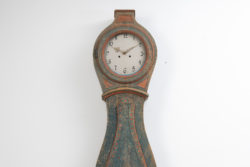
Article no. 1898
ART. NO. 1898
READ ABOUT THE PRODUCT
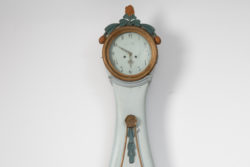
Article no. 1803
ART. NO. 1803
READ ABOUT THE PRODUCT
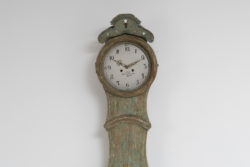
Article no. 1715
ART. NO. 1715
READ ABOUT THE PRODUCT
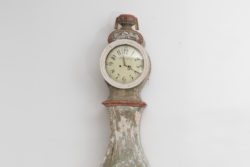
Article no. 1684
ART. NO. 1684
READ ABOUT THE PRODUCT
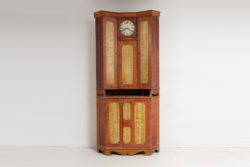
Article no. 1679
ART. NO. 1679
READ ABOUT THE PRODUCT
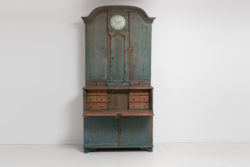
Article no. 1660
ART. NO. 1660
SOLD
READ ABOUT THE PRODUCT
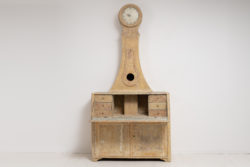
Article no. 1652
ART. NO. 1652
SOLD
READ ABOUT THE PRODUCT
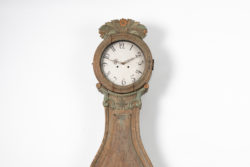
Article no. 1544
ART. NO. 1544
SOLD
READ ABOUT THE PRODUCT
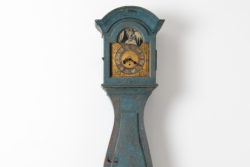
Article no. 1485
ART. NO. 1485
READ ABOUT THE PRODUCT
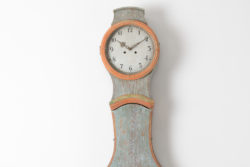
Article no. 1473
ART. NO. 1473
READ ABOUT THE PRODUCT
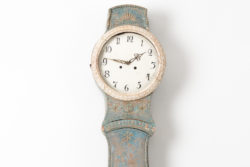
Article no. 1442
ART. NO. 1442
READ ABOUT THE PRODUCT
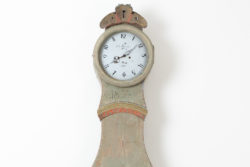
Article no. 1432
ART. NO. 1432
SOLD
READ ABOUT THE PRODUCT
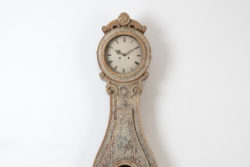
Article no. 1416
ART. NO. 1416
SOLD
READ ABOUT THE PRODUCT
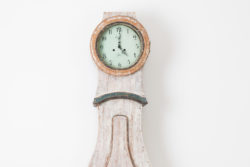
Article no. 1367
ART. NO. 1367
READ ABOUT THE PRODUCT
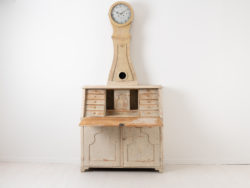
Article no. 1335
ART. NO. 1335
SOLD
READ ABOUT THE PRODUCT
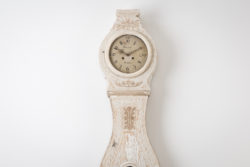
Article no. 1302
ART. NO. 1302
SOLD
READ ABOUT THE PRODUCT
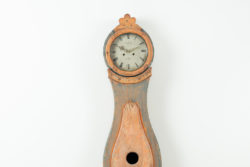
Article no. 1260
ART. NO. 1260
READ ABOUT THE PRODUCT
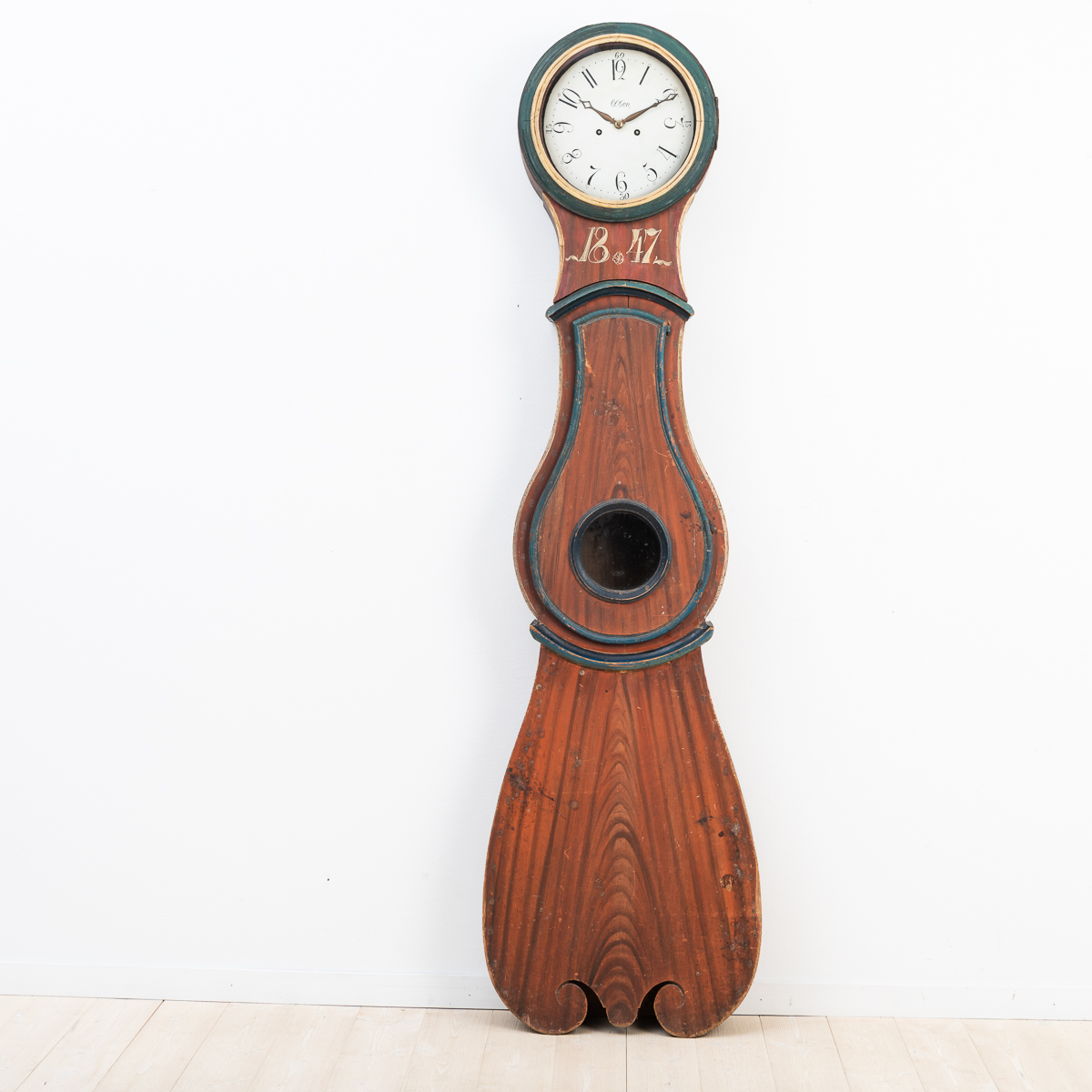
Article no. 802
ART. NO. 802
READ ABOUT THE PRODUCT
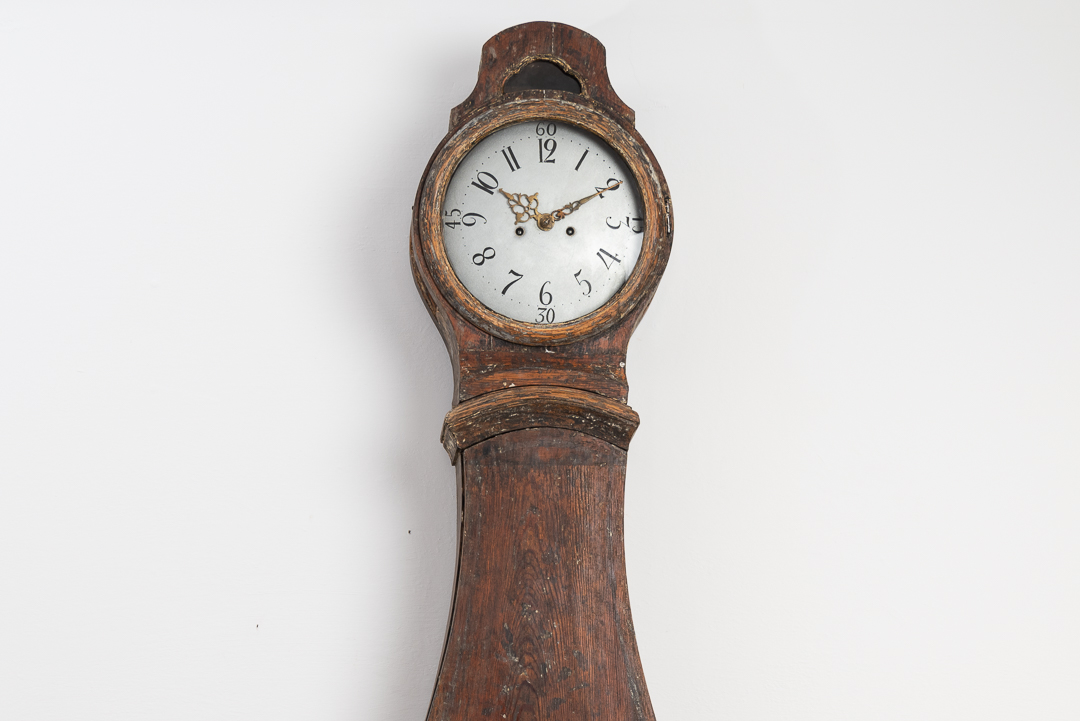
Article no. 722
ART. NO. 722
SOLD
READ ABOUT THE PRODUCT
Frånö Antique Phone +46(0) 70-595 00 89 E-mail info@franoantik.com
+46(0) 70-595 00 89